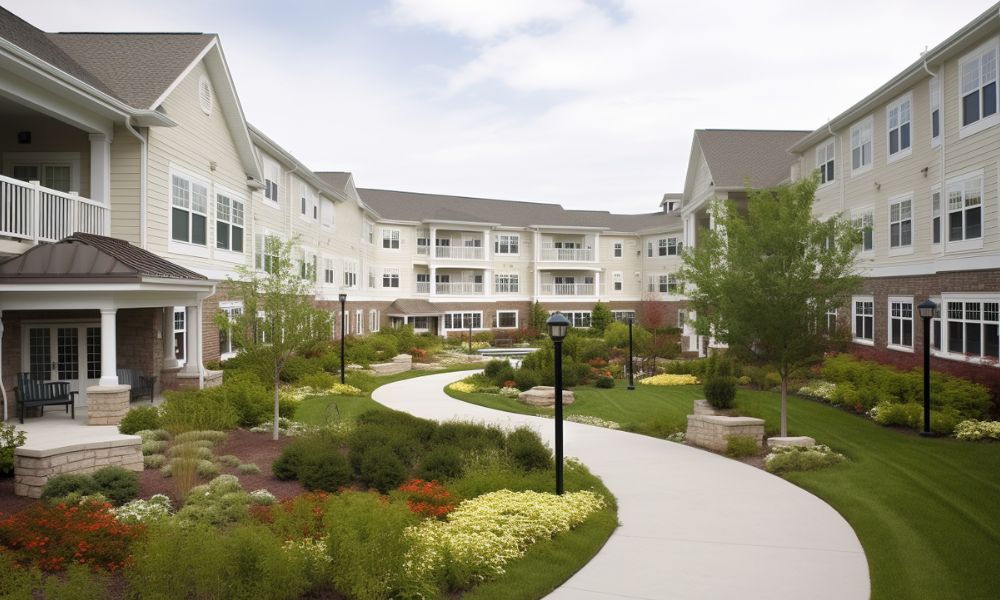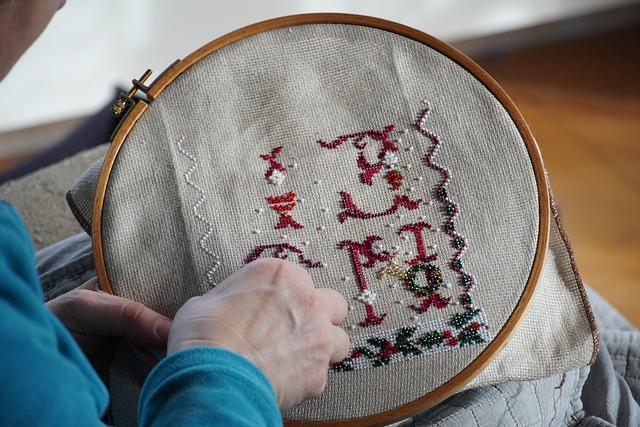Senior Apartments: A Comprehensive Guide to Independent Living for the Elderly
As we age, our housing needs evolve, and many seniors find themselves considering a transition to more suitable living arrangements. Senior apartments offer a popular solution, providing a blend of independence and community tailored to the needs of older adults. This article explores the world of senior living, delving into the benefits, features, and considerations of choosing a senior apartment.

The key differences between senior apartments and regular housing include:
-
Age restrictions: Senior apartments have minimum age requirements, ensuring a community of peers.
-
Accessibility features: These apartments often include wider doorways, grab bars, and other modifications for easier mobility.
-
Maintenance-free living: Many communities offer services like landscaping and repairs, reducing the burden on residents.
-
Social activities: Organized events and common areas encourage interaction and community building among residents.
What amenities and services can one expect in a senior living community?
Senior living communities offer a variety of amenities and services designed to enhance the quality of life for their residents. While offerings may vary, common features include:
-
Fitness centers and exercise classes tailored for seniors
-
Communal dining areas and organized meal programs
-
Transportation services for medical appointments and shopping
-
Housekeeping and laundry services
-
On-site healthcare personnel or wellness clinics
-
Social and recreational activities, such as game nights, movie screenings, and educational workshops
-
Outdoor spaces like gardens or walking paths
-
Security features, including 24-hour staff and emergency call systems
How does assisted living differ from independent senior apartments?
While both assisted living and independent senior apartments cater to older adults, there are significant differences in the level of care and services provided:
Independent Senior Apartments:
-
Designed for active, self-sufficient seniors
-
Residents live independently in their own apartments
-
Minimal personal care assistance provided
-
Focus on community and social activities
-
May offer optional services like housekeeping or meal plans
Assisted Living:
-
Caters to seniors who need help with daily activities
-
Provides personal care assistance, such as bathing, dressing, and medication management
-
Offers more comprehensive health monitoring and support
-
Typically includes all meals and housekeeping services
-
Higher level of staff presence and supervision
What factors should be considered when choosing a senior apartment?
Selecting the right senior apartment involves careful consideration of various factors:
-
Location: Proximity to family, friends, and familiar surroundings
-
Budget: Monthly rent, additional fees, and potential future cost increases
-
Health needs: Current and anticipated medical requirements
-
Amenities: Availability of desired services and facilities
-
Community atmosphere: Social opportunities and compatibility with other residents
-
Safety features: Security measures and emergency response systems
-
Apartment size and layout: Comfort and accessibility of living space
-
Pet policies: For seniors who wish to bring their furry companions
-
Transportation options: Availability of shuttle services or proximity to public transit
-
Visitor policies: Rules regarding guests and overnight stays
How do two-bedroom apartments benefit seniors in retirement communities?
Two-bedroom apartments in senior living communities offer several advantages for retirees:
-
Extra space: A second bedroom can serve as a guest room for visiting family or friends
-
Flexibility: The additional room can be used as an office, hobby area, or storage space
-
Shared living: Some seniors may choose to have a roommate to share expenses and companionship
-
Future-proofing: The extra space can accommodate a live-in caregiver if needed in the future
-
Privacy: Couples can have separate sleeping areas if desired
-
Value: Two-bedroom units often offer better value per square foot compared to one-bedroom apartments
What are the typical costs associated with senior apartments?
The cost of senior apartments can vary widely depending on location, amenities, and services offered. Here’s a general overview of pricing structures and considerations:
| Type of Senior Housing | Average Monthly Cost | Typical Inclusions |
|---|---|---|
| Independent Living | $1,500 - $4,000 | Rent, utilities, some amenities |
| Assisted Living | $3,000 - $6,000 | Rent, meals, personal care services |
| Memory Care | $4,000 - $8,000 | Specialized care for dementia patients |
| Continuing Care Retirement Community | $3,000 - $5,000 (plus entrance fee) | Various levels of care as needs change |
Prices, rates, or cost estimates mentioned in this article are based on the latest available information but may change over time. Independent research is advised before making financial decisions.
Additional costs to consider:
-
Community fees or deposits
-
À la carte services (e.g., additional meals, transportation, housekeeping)
-
Personal expenses (e.g., groceries, medications, entertainment)
-
Insurance costs (e.g., renter’s insurance)
It’s important to note that costs can vary significantly based on geographic location, with urban areas and regions with a higher cost of living generally commanding higher prices for senior housing.
Senior apartments offer a valuable housing option for older adults seeking a balance between independence and community living. By providing tailored amenities, social opportunities, and varying levels of support, these communities enable seniors to maintain an active and fulfilling lifestyle in their retirement years. When considering a move to a senior apartment, it’s essential to carefully evaluate personal needs, preferences, and financial considerations to find the best fit for a comfortable and enjoyable retirement.



